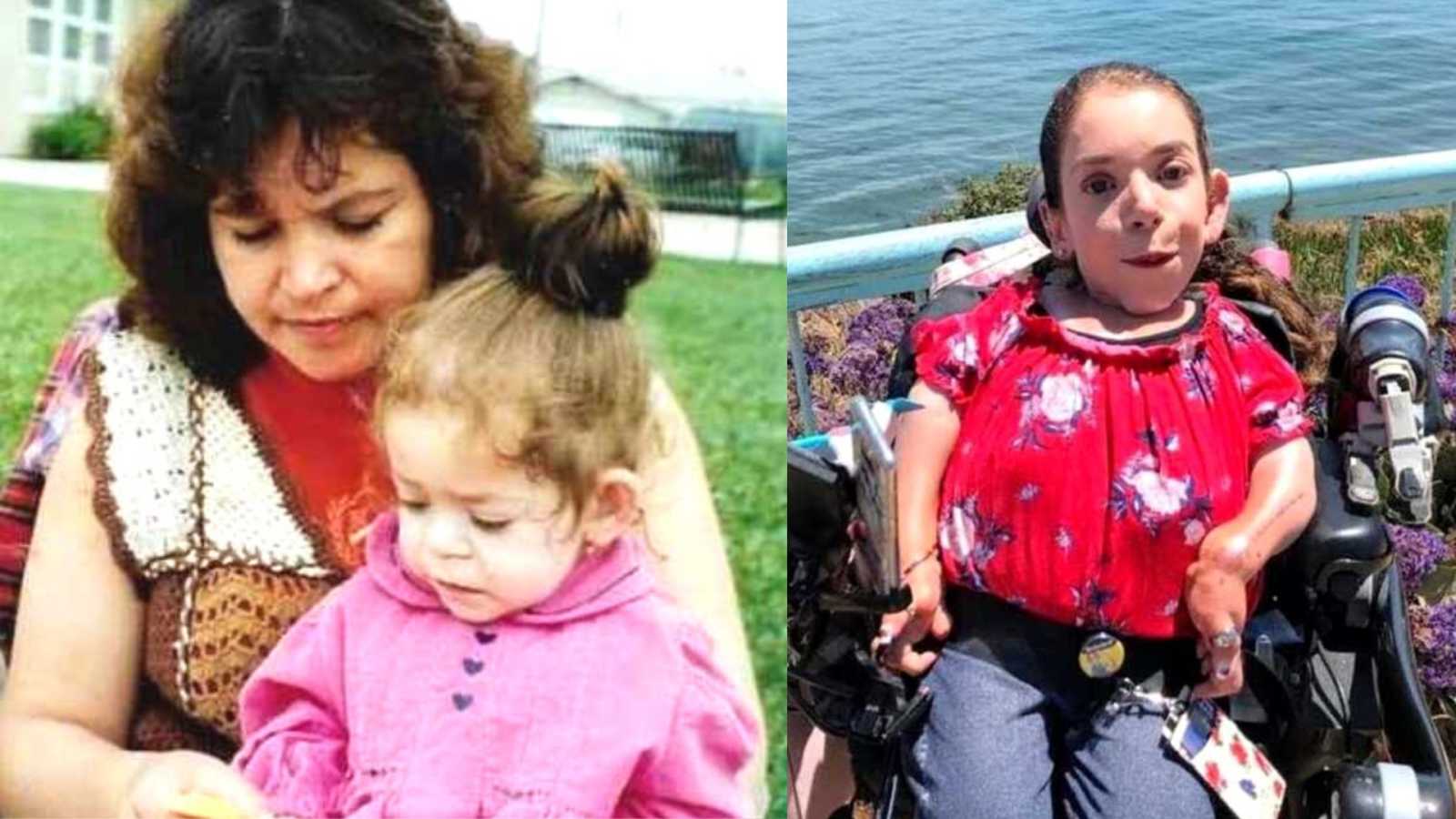“Hello, my name is Brenda Elizabeth Gutierrez Baeza (I know, a very long Mexican name). I am 26 years old and live in Santa Cruz, California. I was born with a very rare genetic condition called Juvenile Hyaline Fibromatosis. I have never met anyone else with my condition in person, only online. But let’s start from the beginning. I was born on a Monday in June 1994 to two loving parents and an older sister. My dad said when he saw me for the first time I had unruly red hair and big eyes! The doctors congratulated my parents for having a beautiful healthy little baby. The only thing a little bit off was one of my ankles was twisted in the wrong way, but they assured my parents with just a few sessions of physical therapy I would be perfect. Little did they know of what was to come.
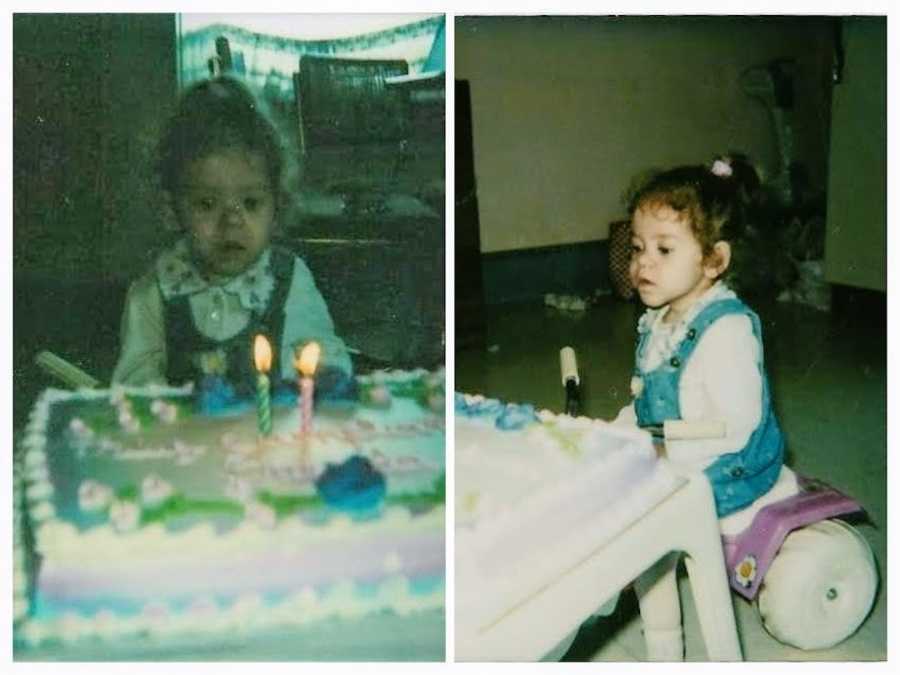
As the weeks went on, my parents started noticing I was a very fussy child. I would cry all the time, and I wasn’t eating well. I kept refusing breast milk, and had the same problem with formula. It seemed like I was not hungry or interested in food. Also, my mother noticed purple bruise-like spots on my joints, what could those be? She took me to the pediatrician, very concerned, and she assured her it was normal and I was fine. More concerning issues arised: my hands looked different, I had bumps growing on my skin and inside my mouth and nose. I became extremely ill and dehydrated since I hadn’t been eating. After all of this, my pediatrician finally decided to send me to Stanford Children’s Hospital. I was hospitalized for 30 days, and I was about nine to ten months old. My mom stayed with me at Stanford alone, away from my sister and dad.
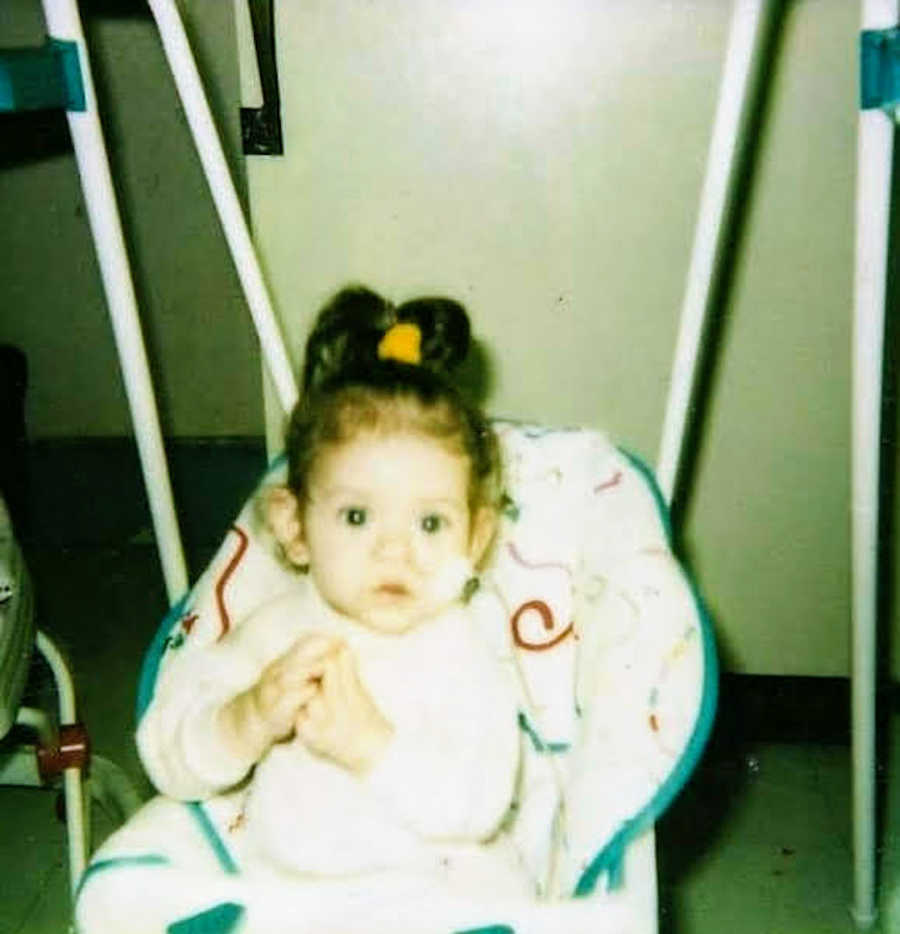
The doctors at Stanford finally diagnosed me with Juvenile Hyaline Fibromatosis. My poor mother had to be there alone to face a new diagnosis and an uncertain future. This is the description my mom was given, which I’m sure didn’t really stick in her brain at the time: The condition is characterized by deposits of a clear substance (hyaline) in the skin and in various other body tissues. Causing severe pain with movement; progressive joint contractures which limit movement, and hyperpigmented patches over prominences of the joints. Other features may include digestive problems, gum enlargement, skin bumps, and nodules in different areas of the skin. Scoliosis and bone weakening.
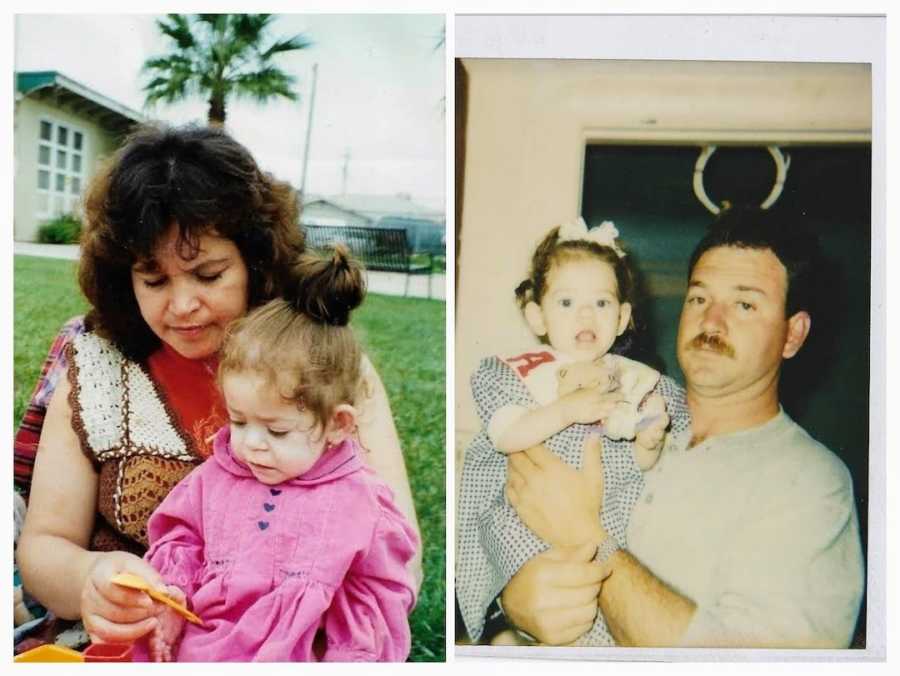
I do, in fact, have all of these lovely features! Since I was refusing to eat, severely dehydrated, and losing a lot of weight, there was no other option but to have doctors put in a nasogastric tube. It goes in through the nose and down to the stomach to receive formula and nutrients. My mother had to learn to do it for me at home. My mom was told the nasogastric tube was temporary, and I would be eating soon enough. I was stable enough to be discharged and sent home to an unknown future. I began my life seeing multiple specialists: dentists, plastic surgeons, gastroenterologists, etc. During one of those appointments, my father was taken aside to have a serious conversation with one of those doctors. That very charming doctor told my father I was not expected to live more than two years, because my disability was very severe and major complications would soon arise.
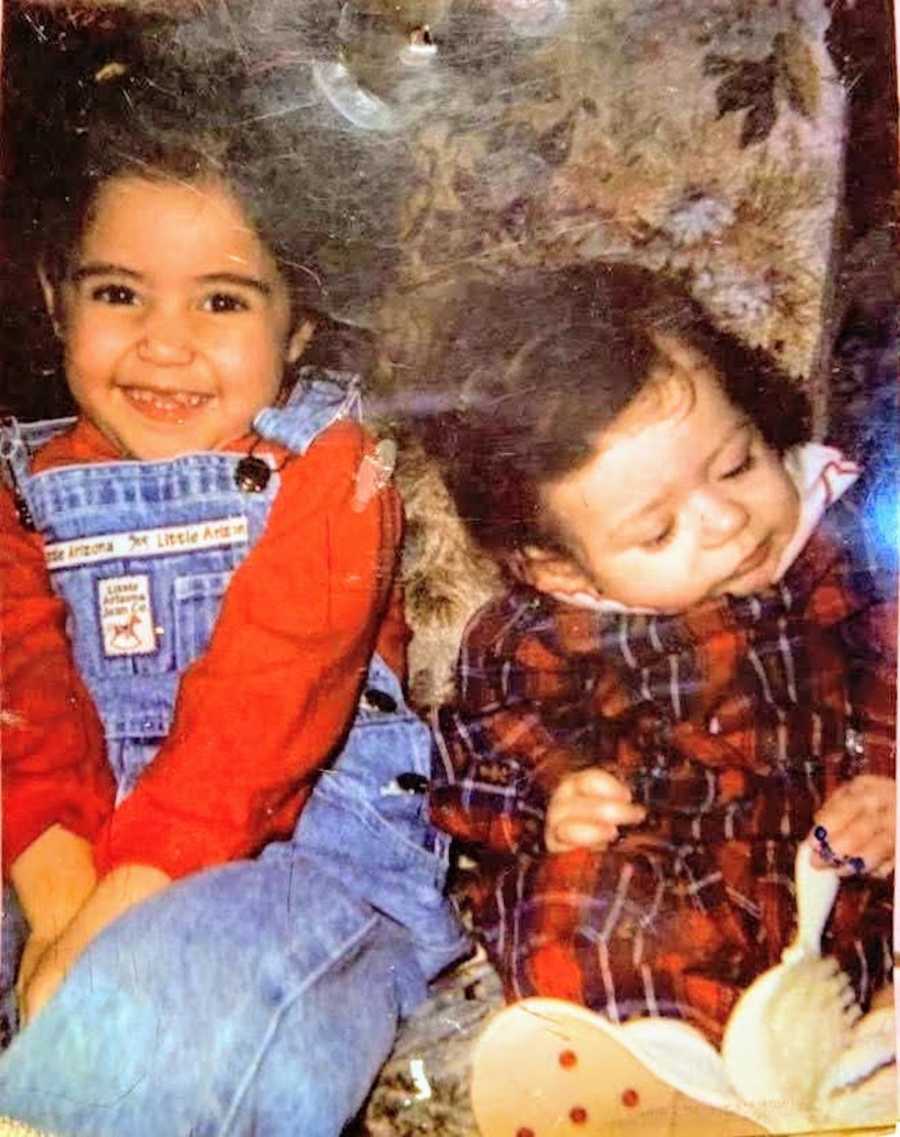
My father felt his world collapsing, hopeless and speechless from such a grim prognosis! Spoiler alert: I didn’t die! Ironically, that same doctor told my family since my disability was very rare, they didn’t really know anything about it. They knew there were probably around 70 people in the world who had it, but there were no major clinical studies or anything to be of help. Unfortunately, as the months went on, there was no progress with my eating habits. I just refused to eat. My parents made a difficult decision of having a permanent feeding tube surgically placed in my stomach. Thanks to the feeding tube, my weight started improving and I was stable. As of today, I still don’t really have any interest in eating. Sometimes I have cravings and I take a couple of bites of food.
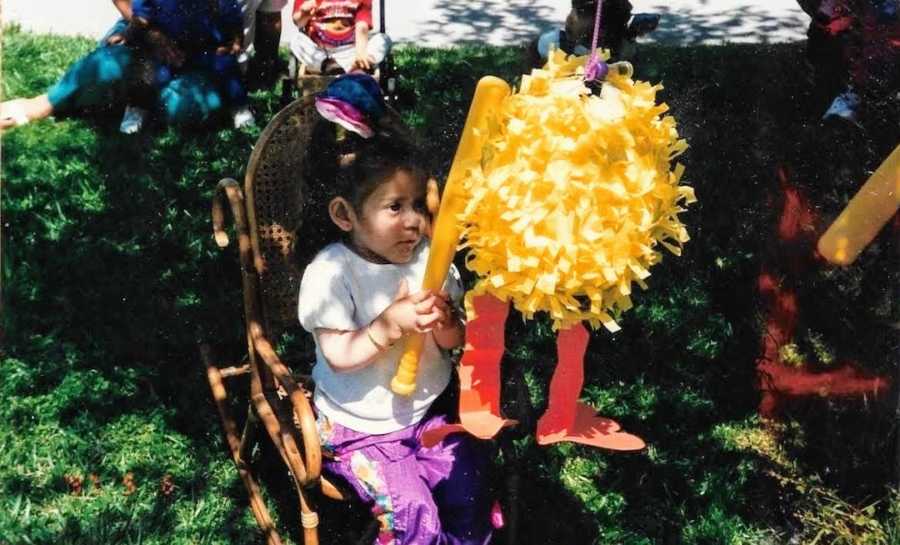
Like I mentioned earlier, one of the major traits of my condition is benign tumors which appear in different areas of my skin. These nodules can grow different sizes, from tiny to big. The first type that started appearing was inside my mouth around the gums. They had overgrown to the point where my mom couldn’t see my teeth! When I was two years old, I had my second surgery to have the nodules removed so I could once again have pearly whites. More tumors started appearing throughout my skin, primarily on my ears, nose, and head. I had to undergo plastic surgery every summer to remove the tumors. Then I could have a few months of peace before they would start growing out again. This was my childhood routine. I’ve lost track of the surgeries, but I’m guessing I’ve had about fifteen surgeries so far.
When I was in grade school, I remembered how classmates were excited about summer vacation and all the fun activities they would get to do. I was jealous and depressed, because I would have to spend my summer in an operating room and recovering from painful surgeries. As I started getting older, the growth of the nodules started slowing down and now I can go about three to four years without needing surgery, and I thank God for that! At the beginning I was always in a stroller, since I was never able to walk, or even crawl. Later, I was fitted for a manual chair but it wasn’t enough for me. I craved independence and freedom. At the age of five I was given my first power wheelchair! I was the happiest girl in the world! The first time my hand was on the joystick, I was off and racing all over, and no one could catch up to me! I was a natural at driving it! I still remember my excitement the first time I was able to take it home, I crashed into a wall as soon as I was inside the house!
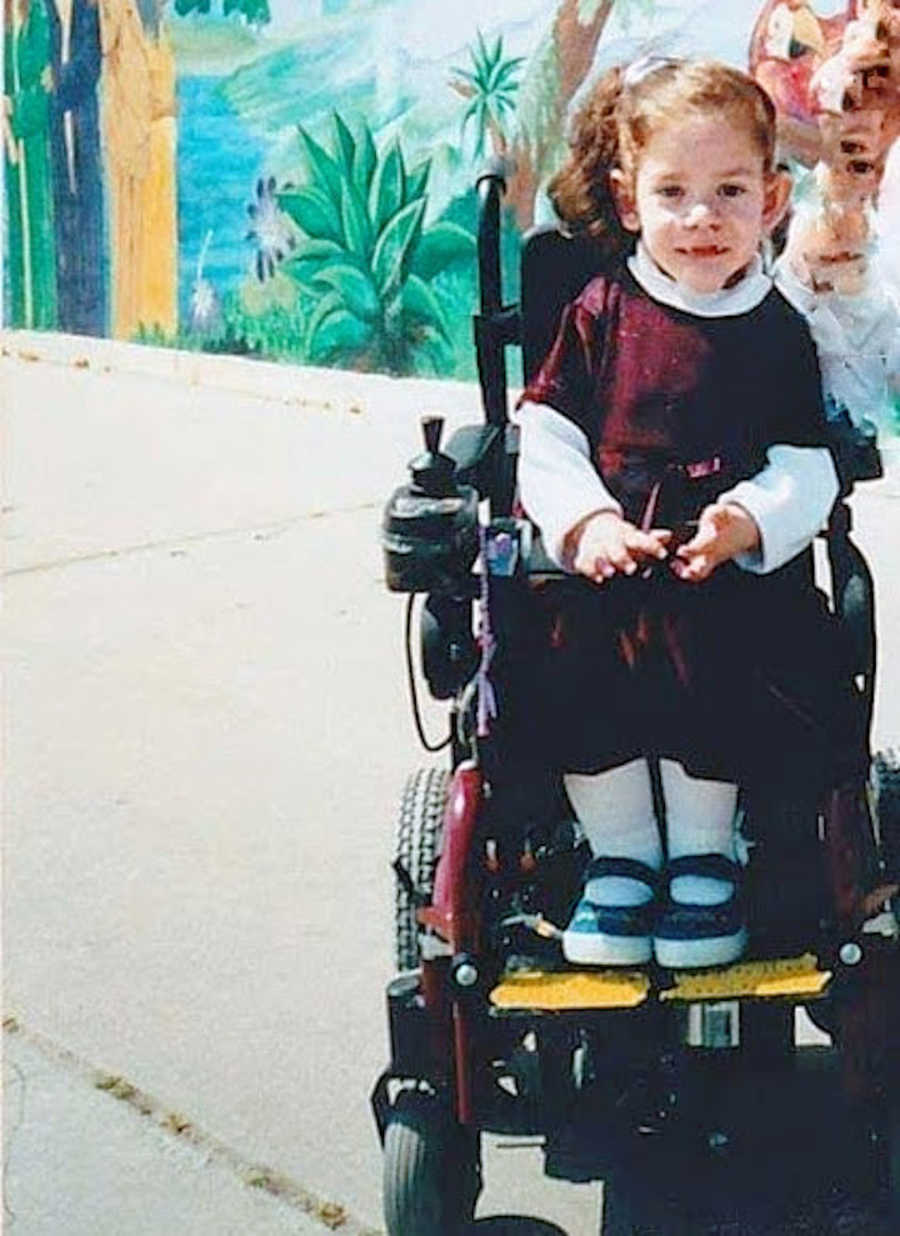
As I got older, I always wondered why I didn’t have friends in school. Why could they not accept differently-abled people? I never thought I was not enough. Instead, I questioned why classmates didn’t want to get to know me. Every new school year, I started with renewed hope. Maybe, just maybe, I could make friends. As the years went on I lost hope and just went on about my life. Luckily, I already had enough friends outside of school. Since I was three years old, my mother has been a part of a support group for mothers with kids with disabilities. It was my place! My place of happiness and fun! Every Friday, my mom would have her support group meeting and us kids would have our play time.
I had several friends with disabilities, as well as friendships with the siblings of those with disabilities. We were even part of a special singing club. We would do ‘performances’ throughout our community and we would feel like celebrities! I can’t say my childhood was perfect, of course my disability brought on many struggles, but I also had moments of being a regular child enjoying life. I didn’t enjoy my school years, because for me it was my own personal torture chamber. I faced a lot of struggles because of the school system. Since I was physically disabled, the school district placed me in a classroom for children with severe learning disabilities. Those children are not really given the opportunity to learn like regular children, and my days consisted of watching the wall. My mother fought with the school to allow me to take regular education classes and to have an aide. The school would say they didn’t have enough staff to go with me, and suggested I could go alone.
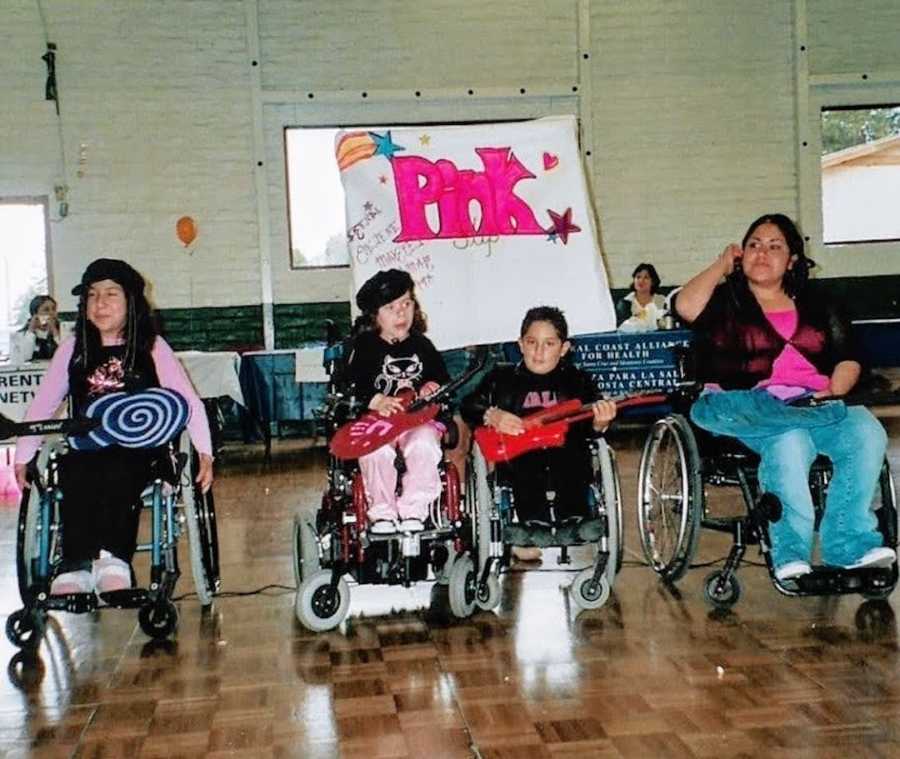
Due to my physical disability, there’s not much I am able to do on my own. It would not be possible to go to class alone; I’m not able to open a door, or get things out of my backpack. The only solution the school offered was to make another student sit next to me and help me. At first I thought it could be a good idea. I would meet new kids who would help me, and I would gain a new friend. I was mistaken, and only had a few days of help from a student. They would get mad and tired of having to help me, and they would not want to do it. That student started spreading rumors about me, saying I smelled bad and telling others not to sit next to me or talk to me. I experienced bullying because of the negligence of the school system. I had to refuse help from students and started faking illnesses to stay home. I didn’t have a reason to go to school everyday. The few days I was at school, I would pretend to be sick and go to the nurse’s office.
I was told by one of the aides and the main teacher at the special education classroom to stop going to school because I was wasting resources another student would appreciate. I did want to go to school, but to learn in a regular education classroom. The special ed teacher said, ‘You will never graduate anyway. What is the point of you demanding to go to the regular ed classroom?’ I was ten years old at the time, and I didn’t quite understand his response. I thought, why wouldn’t I graduate? I won’t forget how that teacher responded. That was one of the worst teachers I ever had in my life. I realize there is a misconception disabled people don’t get far in life or in education. I only wish I could see this teacher again to show him what I have accomplished in my life. I was very happy to finish elementary school and have that bad chapter of my life end.
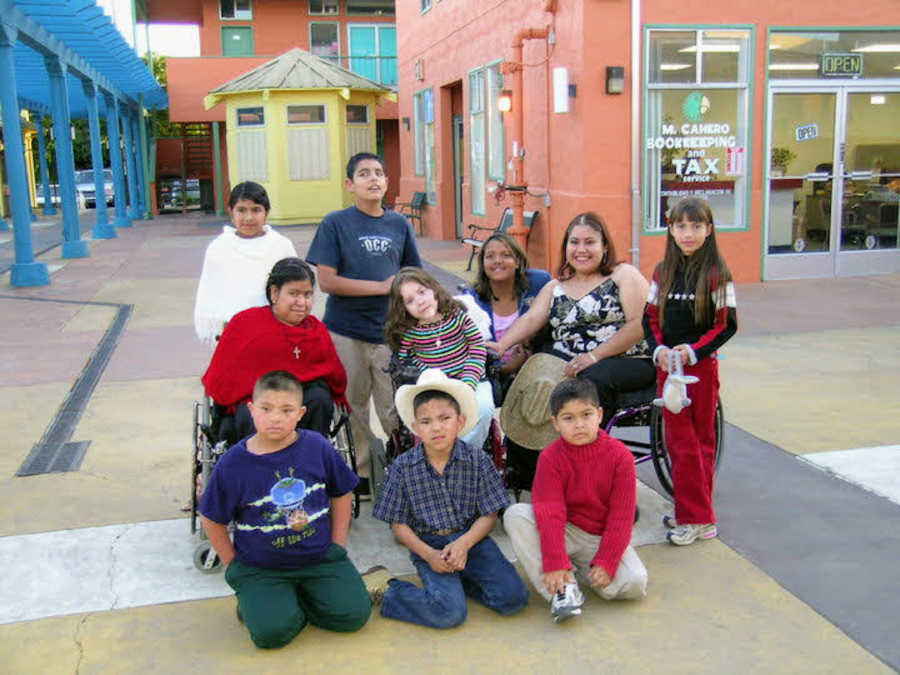
When I started middle school, I was blessed the school district finally approved for me to have an aide, just for me, all day and be able to go to regular ed classes! I was super excited to finally have equal opportunity to learn. Since I didn’t really learn much in elementary school, I struggled a lot to catch up. Watching so much TV paid off because I was pretty good in my English classes. Math, not so much. Math and I have always been eternal enemies! But my middle school years were the best of my school education. The aide I had with me during those three years was like a friend to me, so we had a lot of fun. High school was uneventful. My health started to decline, my body and digestive system were not liking my school schedule from 8 a.m. to 3 p.m. I had no other choice but to cut back my school day from 10:30 a.m. to 3 p.m. I had to stay an extra semester after I had finished my senior year. But, thanks to an awesome principal, I was granted permission to participate in my class’ graduation ceremony!
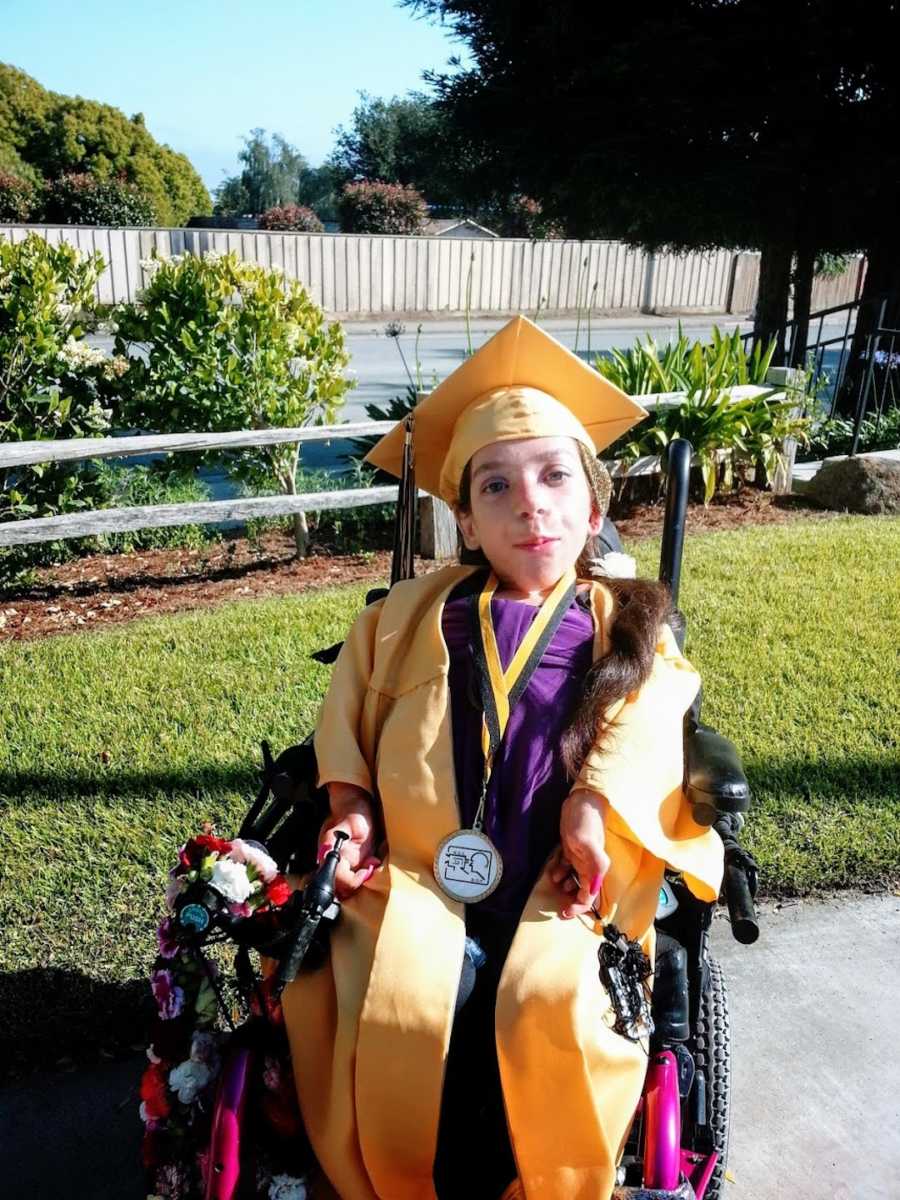
I felt immensely relieved to finish my grade school education! I didn’t want to be someone who stayed home and watched TV all day. I was motivated to be self-sufficient and help others. I wanted to feel useful! I took a couple of classes in community college, but it wasn’t enough. I always wanted to have a career doing something I enjoyed. It felt like my options were limited because of my physical limitations and no college degree. Although, I kept thinking of working as a Spanish healthcare interpreter. My parents, having immigrated from Mexico at an early age, do not speak English, so my mission in life was being their voice when they couldn’t communicate with someone in their own language, since I was very experienced in medical terminology from helping my parents interpret during all my hospital visits, doctor’s appointments, and even their own healthcare appointments.
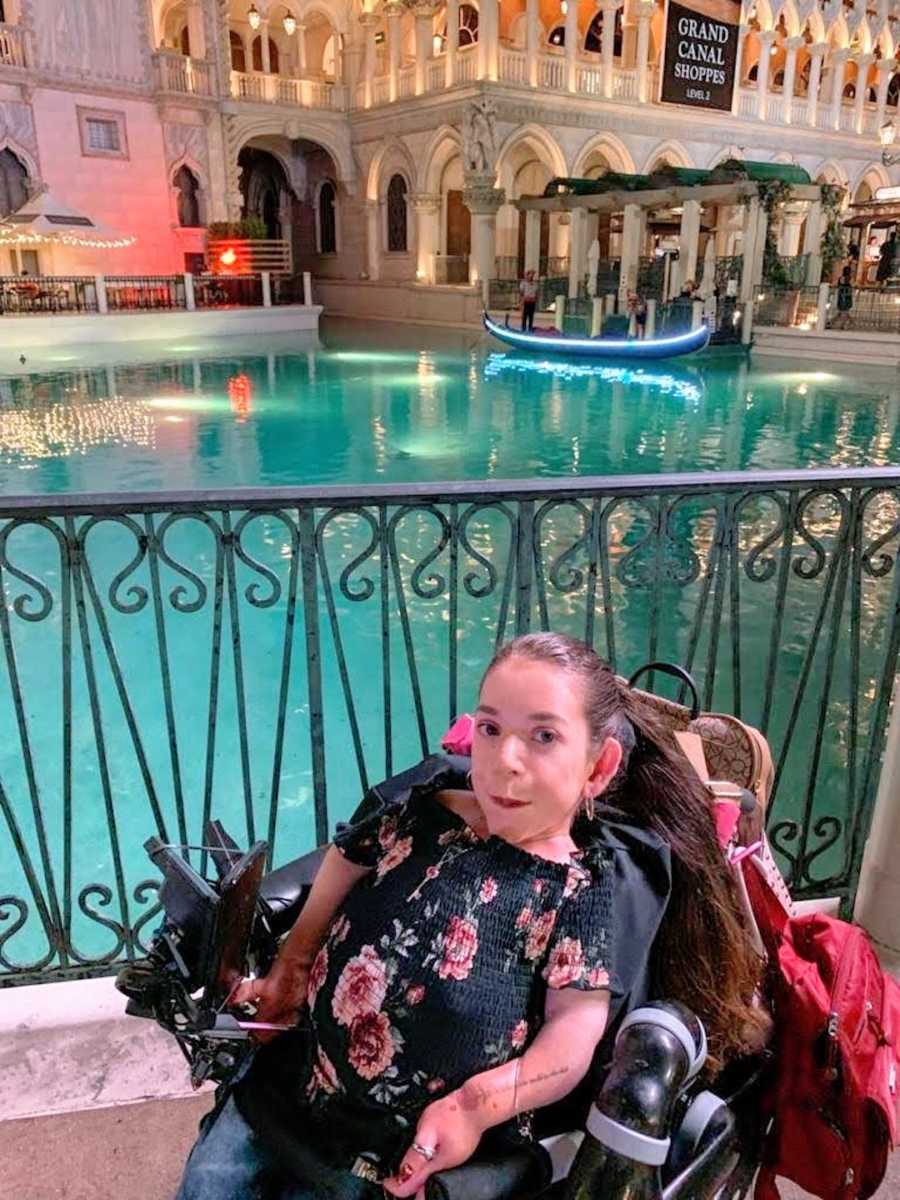
I was frustrated when I would catch the hospital interpreter’s mistakes when they would be talking to my parents. My parents would be confused, and I would have to tell them everything said afterwards. I was about eight years old when a doctor gave me the opportunity to interpret myself. He was very skeptical, how could an eight year old be a better interpreter than a professional? But the doctor gave me the benefit of the doubt, and I was super excited. They were very impressed with my abilities after interpreting. Since then I started interpreting, and all the doctors were more comfortable letting me speak than having a professional interpreter. I always enjoyed it, because while I was doing that I had no limitations. The only thing I needed was my voice, I didn’t need my hands or my legs to be able to interpret accurately and professionally. I was determined to make it my career.
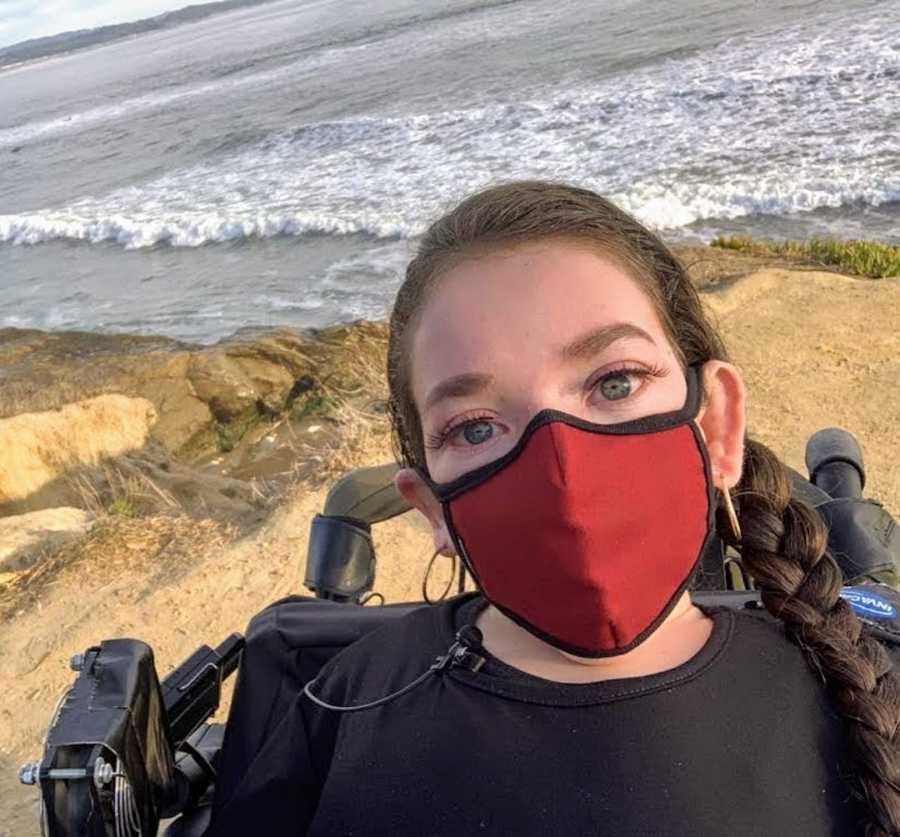
I went to my local Department of Rehabilitation and I had an amazing counselor. They helped me get the correct courses and on the right path to succeed. I took all the required training, testing, and certifications. I finally felt I would have my dream job. I started as an independent contractor, so I have the schedule flexibility for my healthcare needs. I always knew I wouldn’t have a full-time job, but I found a way to work in a way which was suitable for me. After a couple of months of working very happily, I came upon the biggest struggle I’ll have to face for the rest of my career. When working as a freelance healthcare interpreter, clinics and patients expect the interpreter to fill out their medical questionnaires. I am not able to do this. I can’t hold a pen in my hand and hold a clipboard on my lap. I face a lot of skepticism from the clinic staff and patients. They are shocked to see a person in a wheelchair working.
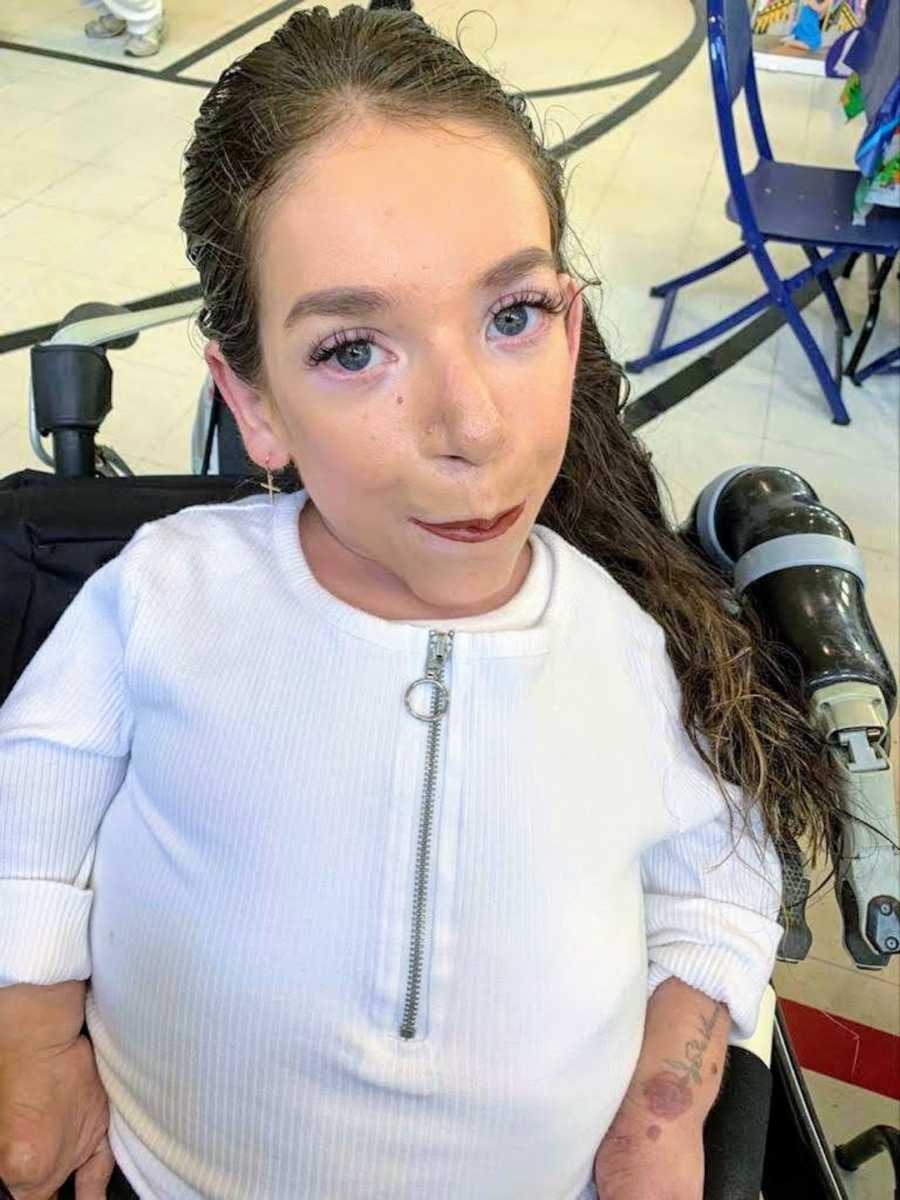
Most of the patients and staff will treat me like a child until they see I am actually good at my job. It’s as if their perspective changes towards me. Now, when there is paperwork, I read the questions to the patients and they fill it out on their own. Most patients are very kind about it. There have been not so gracious patients who clearly show their frustration and anger. But, I can type out patient questionnaires on my phone using my voice and typing on my phone with my wheelchair joystick that controls my phone through Bluetooth. Once finished, I go up to the reception and request them to print out my document. It might be slower, but it’s the way I can do it and it’s better than nothing! These situations still affect me and I blame myself for not being enough. I have learned how to let go of what I can’t change and find alternatives to make things work for me.
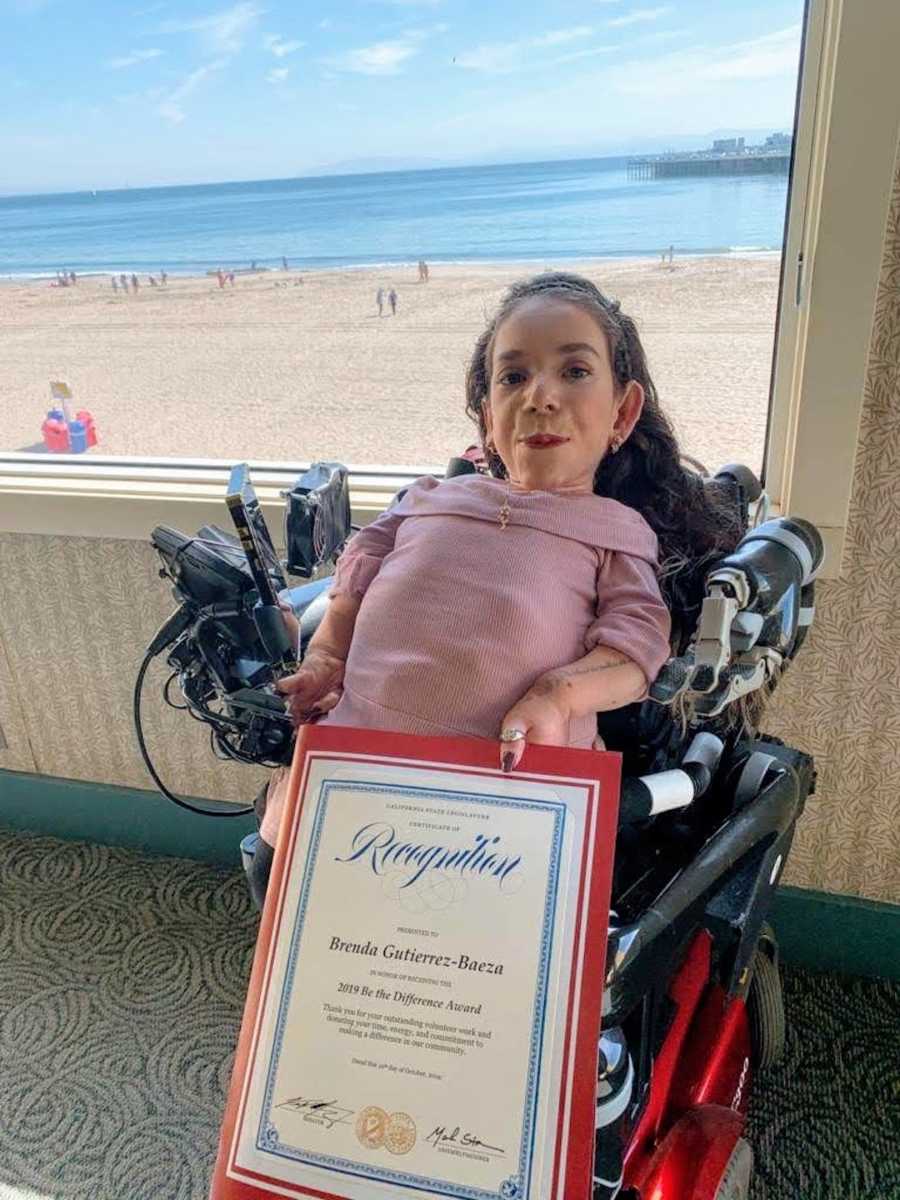
Aside from my career in medical interpreting, I found joy being a part of disability groups. In 2016, I started getting involved in various disability awareness groups and activities. I became a member of a playground project in my town which was fundraising and creating the first inclusive playground in our county. I met so many people and became a part of so many fundraising efforts which required me to do public speaking, which I hate, but it made me be less shy. The playground successfully opened in 2020! I joined the Commission on Disabilities in 2016, and now I am co-chair. We do various events throughout the year to raise awareness and make our community more accessible. This has made me feel helpful, which is what I always aspired to do.
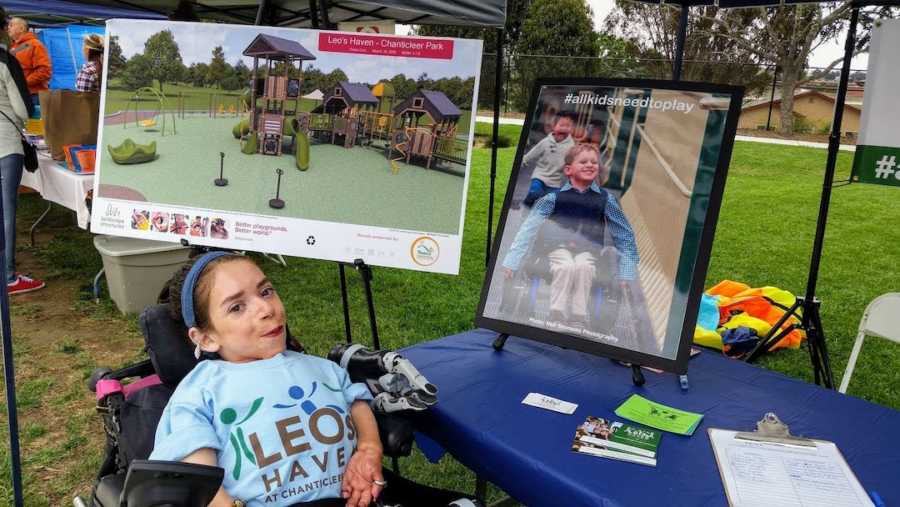
In 2013, at an expo for people with disabilities, I saw a robotic arm that attaches to wheelchairs and is controlled by the joystick! It enables us to independently open doors, reach for items, and various other tasks. I wanted it more than anything, but the $50,000 price tag discouraged me. For more than two years I had been dreaming about having it, until my sister and I decided to fundraise for it! We did various fundraisers, from selling chocolate bars door to door to having pizza nights. After appearing in the local newspaper many generous people donated, and in just a few months I had raised $50,000! I received my Kinova JACO Robotic Arm for Christmas in 2015. For the first time I was able to go out on my own, press crosswalk and elevator buttons, shop, and so much more! It’s been life changing to have my robotic arm!
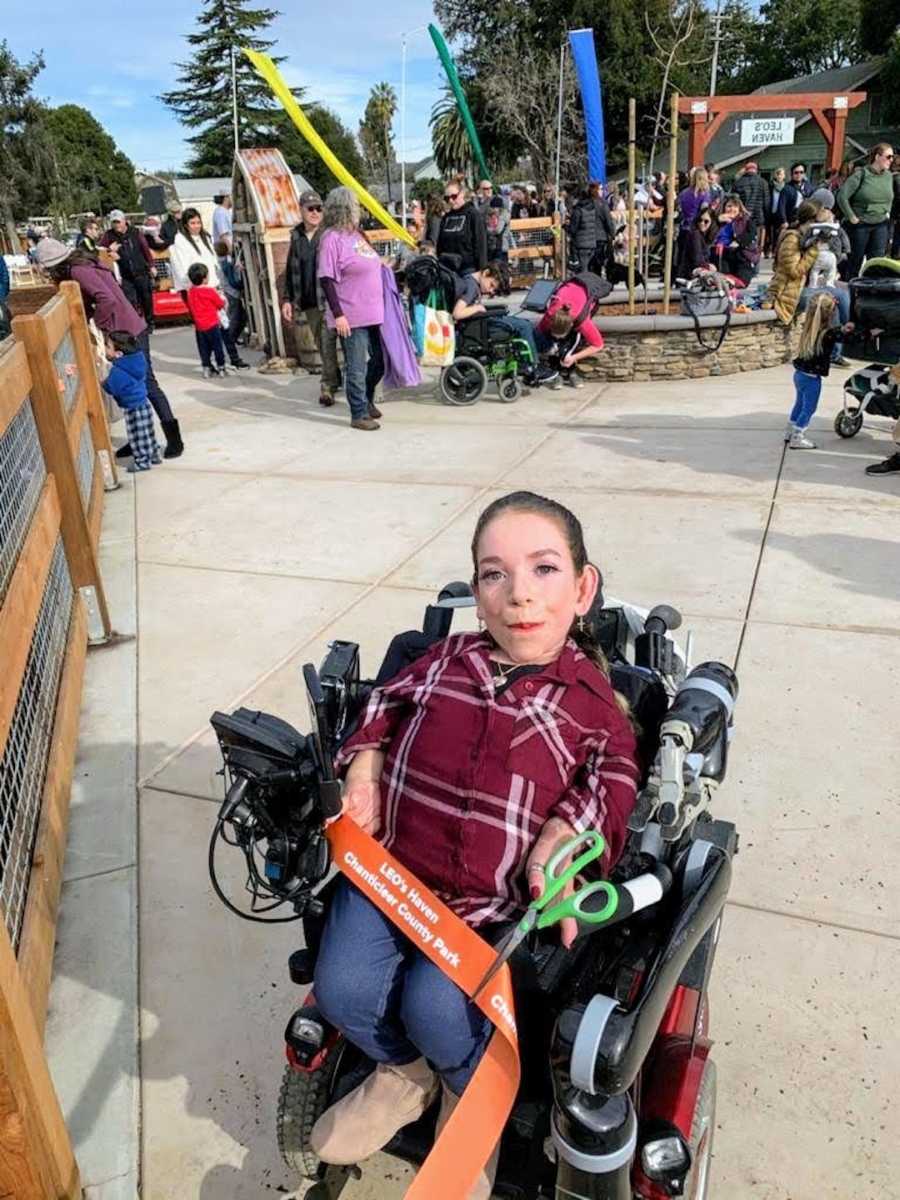
I feel very blessed and fulfilled in life. I still have dreams to meet someone who will love me the way I am, unconditionally, and start a family. Who knows if it will happen someday, but I’ve learned anything is possible. I feel like my strength has always come from my family, and especially from God. No matter what obstacles I face, there is always something to be thankful for. I try not to complain about my situation, because it could be worse. I am blessed to have all the equipment I need to be independent, and loving family and friends. What more can I ask for? In the near future, I hope to achieve writing a book and make a YouTube channel about my life. I want others to change their perspectives on people like me. We are the same and want what everyone else wants: acceptance and inclusivity.
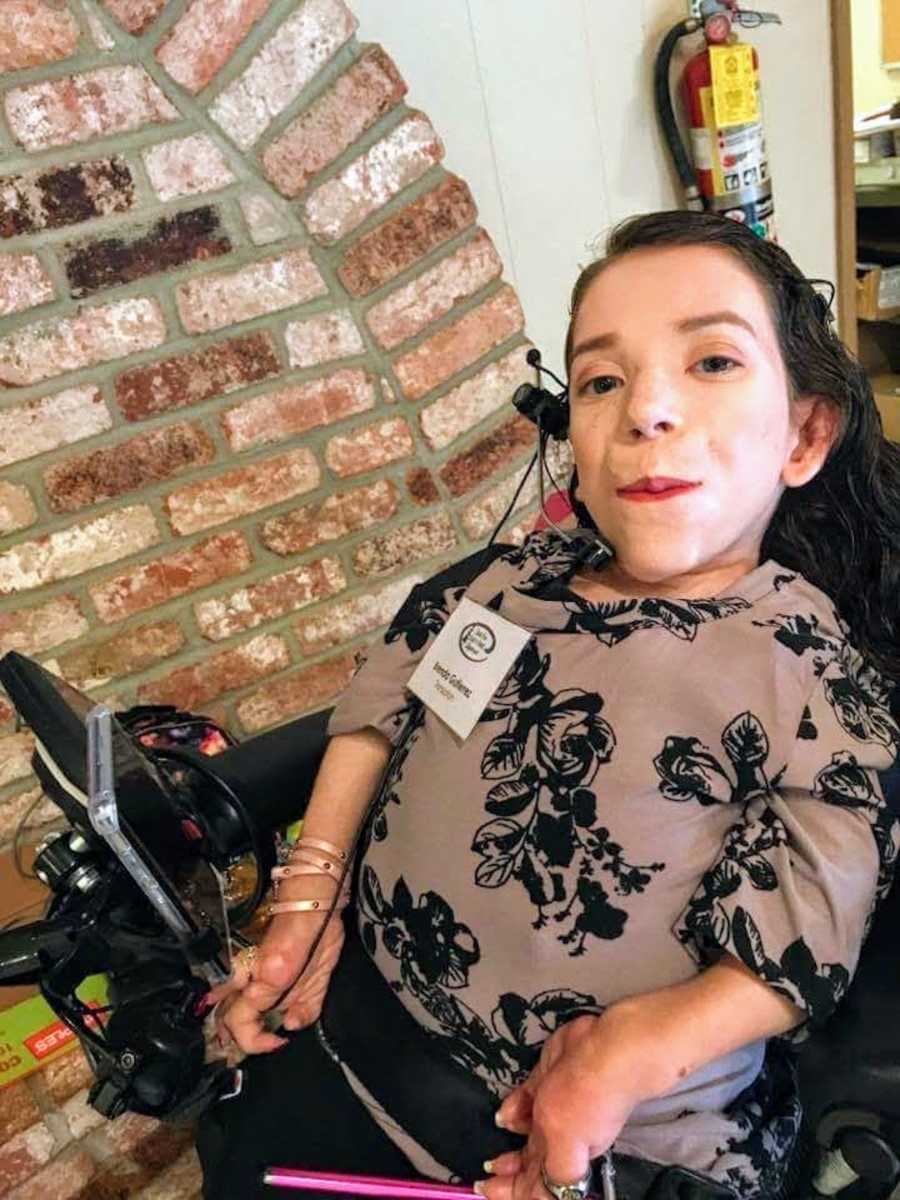
Many of the hurdles I have faced in my life are not related to me being disabled—it’s that the world isn’t inclusive for us. Some people don’t accept others who don’t look like them. I’ve learned children are not born racist or discriminative. Children learn from their parents. We need to teach kids not to fear difference. I have encounters where parents scold their children for looking at me, and they don’t let them come close to me. Children are naturally curious, so ask children why they’re curious and encourage them to ask questions. I love talking to children and answering their questions, because right away they feel at ease. I hope those conversations will make a difference in how they grow up to be around disabled people. My future in life is still unknown. I could live another five or ten years, but I will enjoy every second of it!”
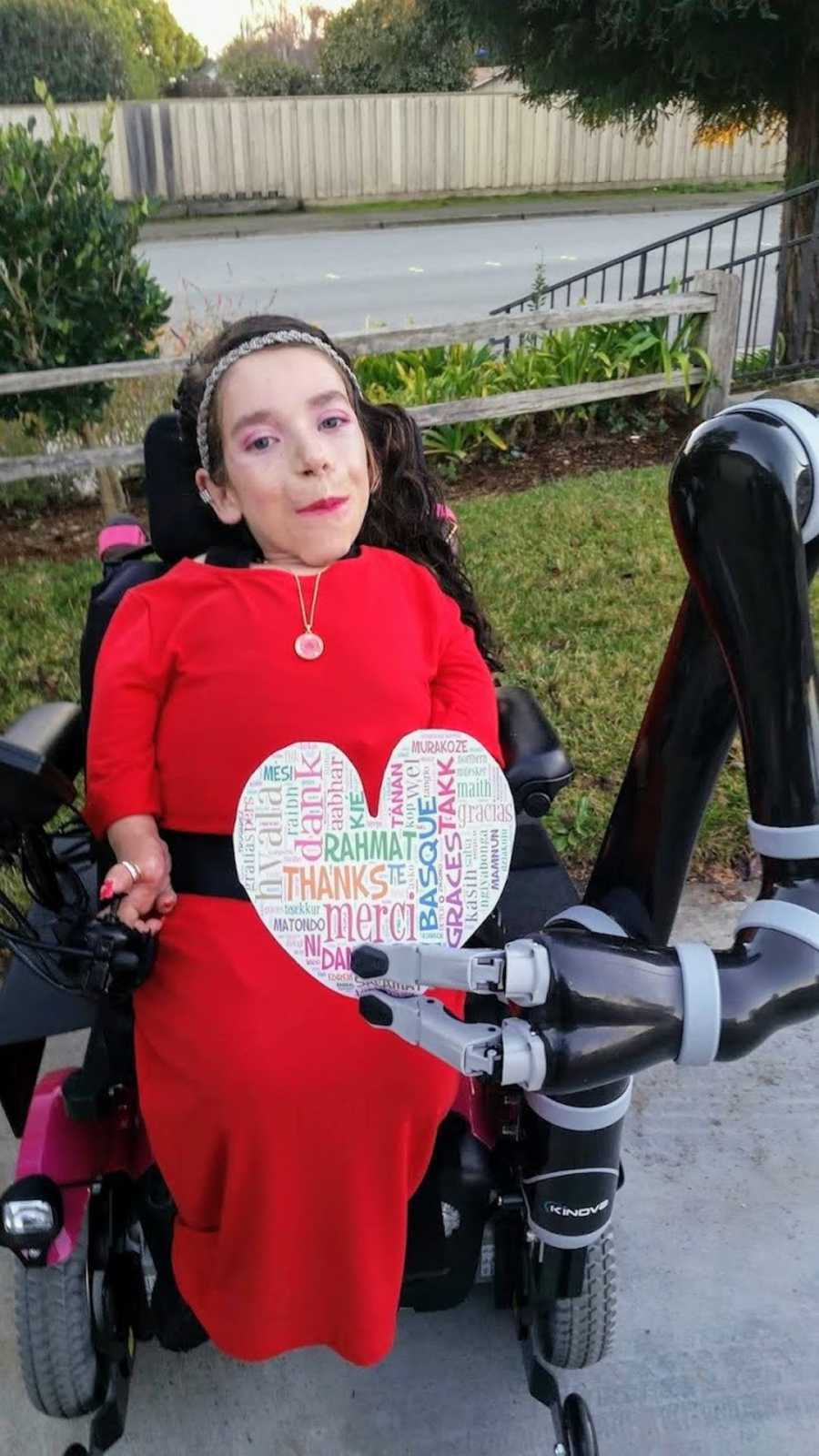
This story was submitted to Love What Matters by Brenda Gutierrez Baeza of Santa Cruz, California. You can follow her journey on Instagram. Submit your own story here, and be sure to subscribe to our free email newsletter for our best stories, and YouTube for our best videos.
Read more stories about rare conditions:
SHARE this story on Facebook to help celebrate unique and beautiful differences!

